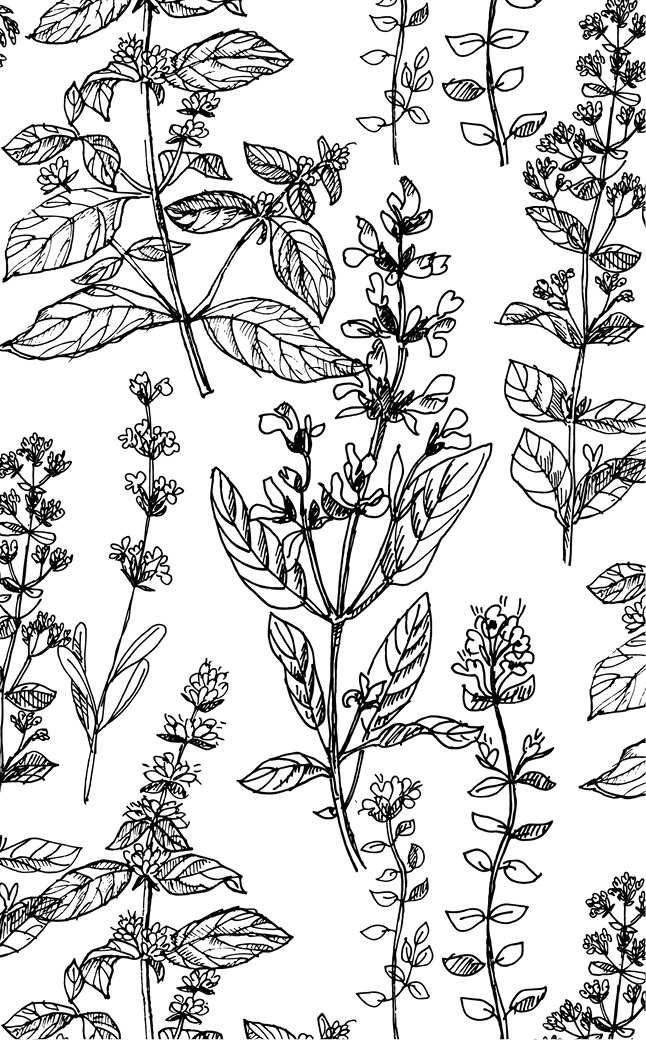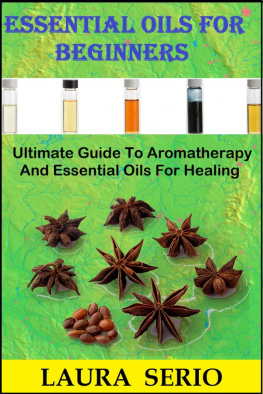

.png)
Coral Gables
Copyright 2020 by Cerridwen Greenleaf.
Published by Mango Publishing Group, a division of Mango Media Inc.
Cover Design: Elina Diaz
Cover Photo/illustration: Chamille White/shutterstock.com
Layout & Design: Elina Diaz
Mango is an active supporter of authors rights to free speech and artistic expression in their books. The purpose of copyright is to encourage authors to produce exceptional works that enrich our culture and our open society.
Uploading or distributing photos, scans or any content from this book without prior permission is theft of the autthors intellectual property. Please honor the authors work as you would your own. Thank you in advance for respecting our authors rights.
For permission requests, please contact the publisher at:
Mango Publishing Group
2850 S Douglas Road, 2nd Floor
Coral Gables, FL 33134 USA
For special orders, quantity sales, course adoptions and corporate sales, please email the publisher at or +1.800.509.4887.
Disclaimer: This book is not intended as a substitute for the medical advice of physicians. The reader should regularly consult a physician in matters relating to his/her health and particularly with respect to any symptoms that may require diagnosis or medical attention.
The Herbal Healing Handbook: How to Use Plants, Essential Oils and Aromatherapy as Natural Remedies
Library of Congress Cataloging-in-Publication number: 2020946331
ISBN: (print) 978-1-63353-714-9 , (ebook) 978-1-63353-715-6
BISAC category code: HEA009000, HEALTH & FITNESS / Healing
Printed in the United States of America
This book is for all the wise women healers who came before me. We are only here becau se of you.

The brilliance of the seas has flashed forth. The dawn of the blessing has arisen. What IS this ancient wisdom? The source of these living waters is in your head and in y our eyes.
Rumi

Table of Contents
Introduction: How We Lost Our Connection to
Nature and How We Can Get It Back
Chapter Four: DIY Herbal Salves, Lotions, Potions,
and Skin Soothers
Chapter Eight: Practices to Accompany Your
Herbal Cures
Chapter Nine: Herbal Detox for Your Home for a
Happy Healthy Family
The Victorian Art of Floriography: The Meaning
of Flowers

Introduction
How We Lost Our Connection to Nature and How We Can Get It Back
On woodland walks, my Aunt Edie pointed out nettles, wild mint, Queen Annes Lace, and other herbs which grew by creek beds near my home. We picked, steeped, and sipped concoctions we made together as she imparted her homely wisdom. Little did I know at the time I was being gently schooled as an apprentice kitchen witch. Lately, I have been called upon to craft spells for peace of mind; so many of us are overwhelmed due to the fragmented lifestyles requiring long hours at work, zillions of emails, texts, tweets, and all the demands that dont st op coming.
How often do you see a panicky pagan or stressed out herbalist? Rarely, I a ssure you.
We all have to keep pace with the modern world, but our connection to the earth and the cycles of nature help maintain balance and harmony, despite the hurly-burly of these tech-driven times. This chapter is aimed at conjuring wellness so you can stay centered, grounded, and healthy. When our grandmothers and elders who came before us tended cuts, bruises, colds, flus, fevers, and other illnesses their family suffered, they didnt have a corner drugstore. Instead, these wise women relied on simple wisdom, common sense, and pantries well-stocked with herbal remedies. These preparations were made from plants that grew in the kitchen garden or wild weeds gathered in the fields and woods surrounding their homes. This stash of kitchen cupboard cures combines the wisdom of our elders with a modern sensibility. Yes, you will save money, but more importantly, you will begin to learn what works for you and master the art of self-care as you bring much comfort to your l oved ones.
Chapter One
Major Healing Herbs: Mother Natures Guide to Good Health
Do you refresh with sprigs of mint or sip chamomile tea regularly? Do you purify your space with sage? Are rosemary, mint, and lavender favorites in your sachets and teas? Think of all the herbs and plants you love and use often, then begin researching their upkeep and care. Make sure to research your planting zone so you sort out the optimal climate conditions to nurture your plants and herbs. Once you have planned your plantings, infuse your plot with magical intention. Keep careful track of your progress in your herbal journal. As you grow in experience and expertise, so will the healing power of your plot.
Remember to research plants and herbs that can be toxic or poisonous to ensure the safety of children or our canine and feline friends. Most of the flower power handed down to us is excellent for magical workings, but not at all appropriate for tea, edibles, or such. Make sure visiting children stay far away from wisteria, rhododendron, lily of the valley, Narcissus, foxglove, larkspur, hydrangea, and oleander. They are beautiful but deadly literally.
A Note About Materials
When you make herbal preparations, ideally avoid using plastic cups or nonstick-coated pots to steep and simmer your plant medicines (although plastic measuring spoons should not be harmful). Aluminum is likewise not favored by herbalists. An ideal pot in which to simmer medicinal roots and barks will be made of either Pyrex or steel; ceramics that are food safe should be fine for preparing infusions, whether in a teapot or cup. (You may want to acquire a small saucepan to simmer up individually tailored potions, as well as perhaps also a larger pot for brews needed in quantity.) Whether you are simmering barks and roots or infusing leaves and flowers, you will need a lid to cover your pot or cup so that the volatile essences that give medicinal herbs their healing power do not dissipate int o the air.
Twenty-Two Healing Herbs: Mother Natures Medicine Cabinet
Ashwagandha ( Withania somnifera )
Gently simmer one tablespoon of dried and minced ashwagandha root in one cup of water for eight to ten minutes. Strain and sip once or twice a day as a rejuvenating pick-me-up, anti-inflammatory, anxiety reducer, and immun ity tonic.
Black Cohosh ( Actaea racemosa )
Make a tincture or use the flower essence method in this book and take twenty to forty drops three times a day to relieve menstrual cramps and arthritic pain. Black cohosh can also help perimenopausal and menopausal symptoms.













.png)

